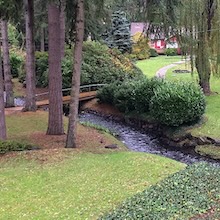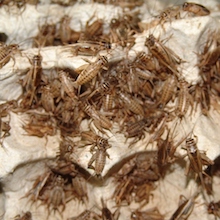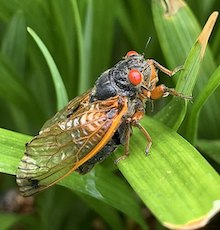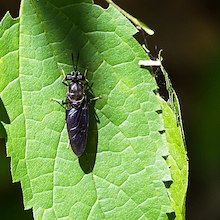
by Susan Keown | Nov 19, 2023 | ScienceWire
Streams in the Seattle area, whose population has exploded in recent decades, are nevertheless showing signs of improving health, Isabella Breda writes for the Seattle Times. Recent research by King County demonstrates that populations of aquatic invertebrates are...

by Susan Keown | Jul 4, 2022 | ScienceWire
Writing for Oregon Public Broadcasting, Jes Burns (@radiojes) tells us about the “Smellcopter,” a machine that uses the antennae of the Carolina sphinx moth to detect odors, and could one day locate dangers such as chemical leaks or sniff out missing people. Unlike an...

by Susan Keown | Apr 4, 2022 | ScienceWire
Despite the obvious potential of insects as human food, animal feed, and fertilizer, writes Robin Donovan (@RobinKD) for Neo.Life, scientists disagree about the future of an industry that seeks to convert them into products that can be safely shelved in grocery...

by Susan Keown | Aug 3, 2021 | ScienceWire
Jane C. Hu (@jane_c_hu) writes for Biographic about how the cicadas that appeared in such numbers this summer on the East Coast nevertheless seem to be in decline. Habitat destruction, pesticides and climate change are threats but, she explains, the kind of population...

by Chris Tachibana | Oct 2, 2020 | ScienceWire
For Anthropocene, Lynn Schnaiberg has a new take on insects as a sustainable protein source. Lynn’s piece is not about crickets, ants, or mealworms for our dinner table but as feed for farmed fish or meat. The black soldier fly (or its larvae, actually) could solve...






